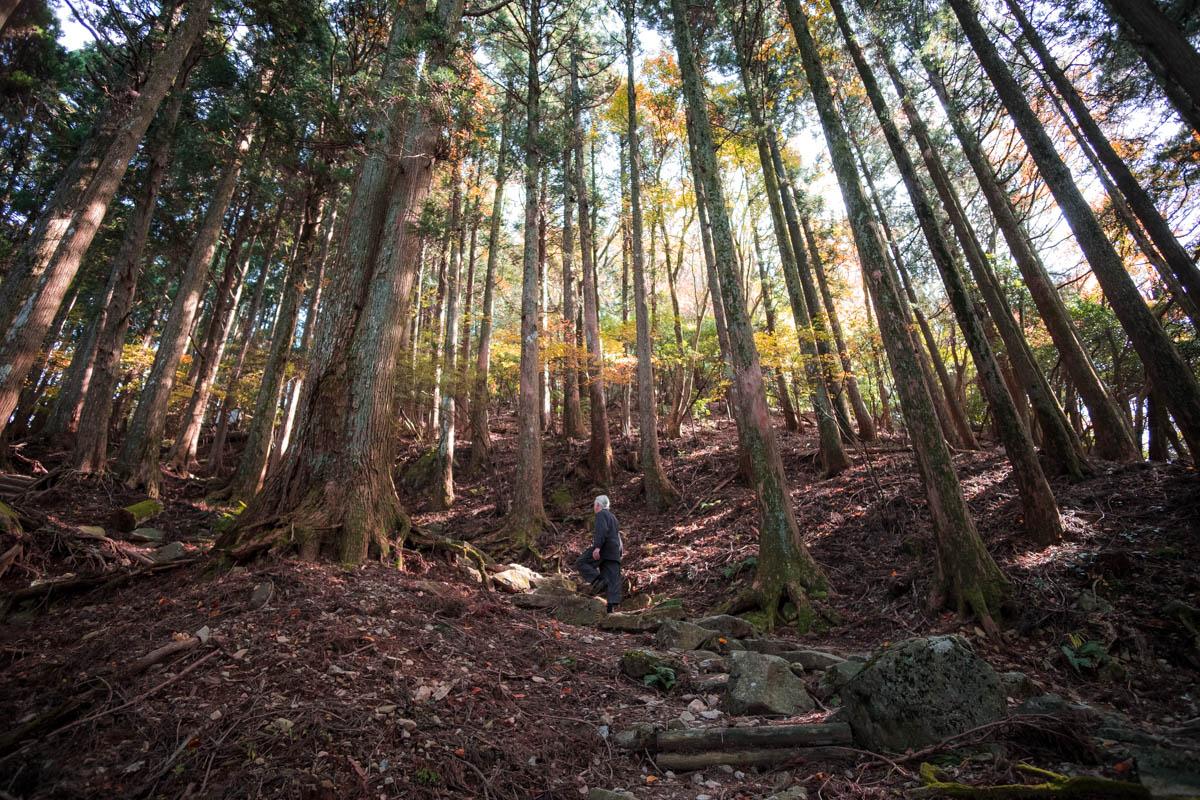
Mt. Hiko: Fukuoka's Sacred Mountain, Pilgrimage Route, and Autumn Leaves Spot
Fukuoka may have attracted many to its fantastic cuisine, fascinating crafts heritage, and coastal and mountainous landscapes, but did you know it's also home to one of the most sacred mountains in Japan? Over 400 years ago, the white-clothed yamabushi, practitioners of an ancient ascetic religion called Shugendo, chose Mt. Hiko as their holy training grounds. Here, they underwent rigorous training, trekking these very mountains until they reached their ultimate goal of enlightenment. You can follow in their footsteps on this recreational, inspiring walk up Fukuoka's holy mountain just as they did so long ago.
During your hike, you will follow the same sacred trails the yamabushi trekked along massive stone stairways up to the majestic Hikosan Shrine, the Shugendo training center for the ancient pilgrims. Along the way, you may encounter priests performing a fire ritual, calling upon Buddhist deities as visitors' hand-written wishes are set ablaze. Or, visit a traditional inn over 400 years old that once offered shelter and medicine to the ancient pilgrims. Finally, time your visit during the fall season, and you'll encounter one of Fukuoka's premier autumn foliage viewing spots, as a red, orange, and golden canopy of trees shield you from the sun as you hike up.
So, get your boots on, ready your camera, and open yourself up to the enlightenment and spiritual power the mountain may bestow upon you during your hike up the sacred Mt. Hiko.
What is Shugendo, and Who are the Yamabushi?
In the 7th century in Nara, Shugendo developed as a unique amalgamation of Buddhist and Shinto beliefs, combining mountain worship, animist beliefs, and local shamanistic practices. While Buddhism and Shinto were Japan's two major regions during this time, the introduction of Shugendo was one of a handful of Buddhist-Shinto amalgamations that was allowed to be practiced, especially during Japan's golden era of art and classical literature, the Heian Period (794-1185 CE).
Shinto was considered Japan's indigenous religion when Buddhism was introduced to Japan in the 6th century. During this time, the influential imperial court fully embraced this new foreign religion, and Buddhism and Shinto were allowed to flourish alongside each other, evolving and naturally creating offshoots of the two.
Shugendo was one of these offshoots. The yamabushi, Shugendo's most devoted practitioners, took to one of the holy mountains of Japan to commence their rigorous training, which included strict diets, tests of endurance and meditation under waterfalls, and living out their days in these sacred mountains.
They chose Japan's holy mountain grounds for their rigorous training, sending plaintive calls with their conch shell bugles as they sought enlightenment and spiritual power throughout their training.
This practice continued until the end of the Edo Period (1603-1868), when the newly founded Meiji Era, aiming to reinstate 'original' Japanese nationalist and imperialist attitudes, passed a policy to make the Shinto religion the primary religion in Japan. This triggered an anti-Buddhist movement, followed by the destruction of Shugendo artifacts by Meiji enforcers and forced many practitioners, priests, and nuns to temporarily stop their practice.
Hiking Mt. Hiko: Follow the Holy Pilgrimage Route up to Hikosan Shrine, and More
Your spiritual hike starts at the Kane no Torii, a copper torii gate at the base of the stairway up Mt. Hiko. Also called Hikosan, this holy mountain is one of the three sacred mountains dedicated to the practice of Shugendo. While the Shugendo practice has diminished greatly, you can seek out the sacred remains that still exist during your journey, including Hikosan Shrine.
Hikosan Shrine: The Mountain Home of Temples, Shrines, and Fukuoka's Only Jingu Shrine
Hikosan Shrine, also known as Hikosan Jingu, is Fukuoka's only Jingu shrine, a status only granted to the most distinguished shrines in Japan. More specifically, the mountain acts as a shrine complex, with several shrines and temples tucked into the mountainside. Among these is the vermillion Hohei-den, the largest and most majestic of Mt. Hikosan's religious structures.
This designated national important cultural property was originally built in AD 740 as a training and lecture hall for the Shugendo practitioners, who trained under strict teachings. Today, visitors can pay homage to this ancient religion at the current vermillion hall, a 1616 reconstruction by Tadaoki Hosokawa, the feudal lord of the Kokura Domain.
Beyond another torii gate, next to Hohei-den, is a viewing platform where you can admire the impressive wood-shingle roof and mountain views of Mt. Hiko.
Gomadaki: Watch the Shugendo Fire Ritual to the Gods
Just a short stairway walk away from Hohei-den is Shimotsu Shrine. You can witness Gomadaki, one of the Yamanushi's ancient ceremonies, here. The priest, called Takachiho no Negi, carries out this one-hour-long fire ceremony.
First, write your wish on a wooden gomagi tag, which is stacked onto a tidy column on a ceremonial table. Then, watch as the priest performs an energetic ritual of chants calling to Fudo Myoo, the fierce protector of Buddhism and the main deity for the yamabushi, along with the steady rhythm of the taiko drum. As the ceremony intensifies, the Negi throws azuki beans, rice, and soybeans, beckoning Fudo Myoo with good food to come forth. Then, sensing that the deity is good and happy, the Negi sets fire to the gomagi, temporarily borrowing the deity's powers to purify and fulfill the wishes before sending Fudo Myoo back to the heavens.
This powerful ritual occurs at different times of the year or per a special request made at the shrine. You can also check the official Hikosan Jingu website (Japanese only) for other special events throughout the year.
The Shukubo Monastic Inn: The Ancient Pilgrim Rest Stops of Mt. Hiko
Another thing to keep an eye out for is the remaining pilgrimage houses during your hike. Over 400 years ago, this stretch of stone stairs leading up to Hikosan Shrine was lined with multiple shukubo pilgrimage houses. These monastic inns were owned and maintained by former yamabushi, who offered medicine and accommodations for traveling pilgrims on their holy journey and to locals in the area before the Meiji government abolished Shugendo.
Today, several shukubo houses remain as a monument to the mountain’s religious roots. One of these shukubo is “Shoyobo”. Mr. and Mrs. Shoyo, 16th generation innkeepers, continue to maintain the garden and house, which is estimated to have been 400 years old before it was moved to its current location over 150 years ago.
This Shukuho remains a private residence while occasionally opening its doors for public events or to reserved guests.
How to Hike Mt. Hiko
The Nakadake Trail up to Hikosan Shrine starts from the Kane no Torii, a large copper torii gate. In the fall, the adjacent ginkgo tree turns an electric yellow, marking the start of your hike and the autumn leaf viewing you'll experience along the way. While you could take the Mount Hiko slope car over Mt. Hiko's forest foliage, the stone stairway allows you to experience the spiritual heritage of the mountains and what the yamabushi experienced while walking under the canopy of autumn leaves overhead.
Halfway through your hike, you'll come to a rest and souvenir shop, where you can order and sip a warm cup of amazake, a traditional sweet Japanese drink made from fermented rice to add energy to your hike.
The walk from the copper gate to the Hohei-den takes approximately 20-30 minutes.
Anyone looking to extend their hike can continue past the vermillion shrine up towards the upper shrine (currently under construction until 2025) on the Mt. Hiko summit. The initial steep hike may give you a better idea of the rigorous training that the yamabushi endured during the height of Shugendo before the path leads to more gentle hiking terrain under urikaede leaves that turn golden in the autumn. Hikers can choose a quiet spot under these dinosaur-foot-shaped leaves for a snack before continuing their hike up to the summit.
For additional guidance, the Yamap smartphone app displays a point-to-point hiking map from the copper gates up to the Mt. Hiko summit and back.
A round trip of the Nakadake Trail takes approximately 5–6 hours.
Other Hikes Around Mt. Hiko
While the Nakadake Trail offers a good trail for beginner hikers up Mt. Hiko, more serious hikers can also extend their hiking with views of Mt. Hiko from afar, and the surrounding mountains have plenty of that.
Shakagatake Trailhead: Meditation Spot and Views of Mt. Hiko
The Shakagatake Trailhead is approximately a 30-minute car ride from Mt. Hiko's copper gates. This round trip of the Shakagatake Trailhead is shorter than 1 kilometer long, at 748 meters. However, it is also steep, with various rock faces and ropes to help advanced hikers reach the mountain's peak.
Once you get to the top, the view makes your effort well worth it, with an outpost overlooking Mt. Hiko and the surrounding mountainscape. The rock seat facing the sacred mountain is the perfect spot to sit with a boxed lunch or spend a moment meditating as the 360 degree views endow you with spiritual energy.
A round trip of the Shakagatake trailhead takes approximately 2 hours.
Kodokoro Trail: A Longer Hike in Fukuoka
The Kodokoro Trail starting from the Kama Pass Koishiwara Trailhead to Akizuki Trailhead, begins in the small pottery village of Koishiwara and is an approximately 25 minute drive from Mt. Hiko's copper gates. Compared to the Shakagatake Trailhead, the Kodokoro Trail is a more subdued incline, with a thick carpet of leaves to pad your feet during your hike. At over 11 kilometers long, it's also a test of endurance, though you can still shorten the walk by turning it into a round trip trek.
Morning is the best time to go, especially in the autumn, when the sun hits the Japanese pampas susuki grass, a billowy field of silver grass heads. This is also a part of the Kyushu Nature Trail, a single trail with over 2,500 kilometers over Kyushu's seven prefectures. About two hours into your hike, a rock platform facing a wraparound scene of the views is perfect for a place to take a breather, lunch, and even an afternoon nap, before continuing on.
Whether you're a hiker, autumn leaves seeker, or religious person, the hike combines all three interests into a vibrant walk, if not just for the views, mountain air, or even the golden autumn foliage. After your hike, take a well-earned soak in any hot spring in the surrounding area.


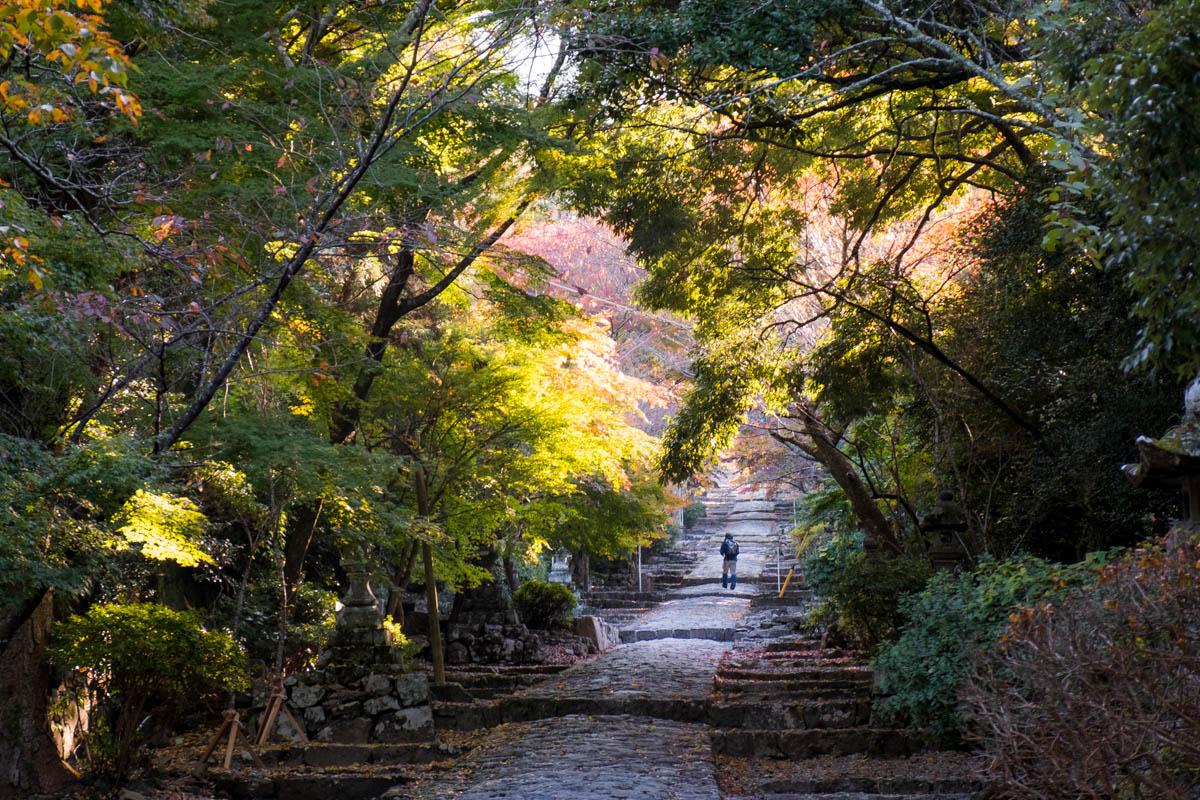
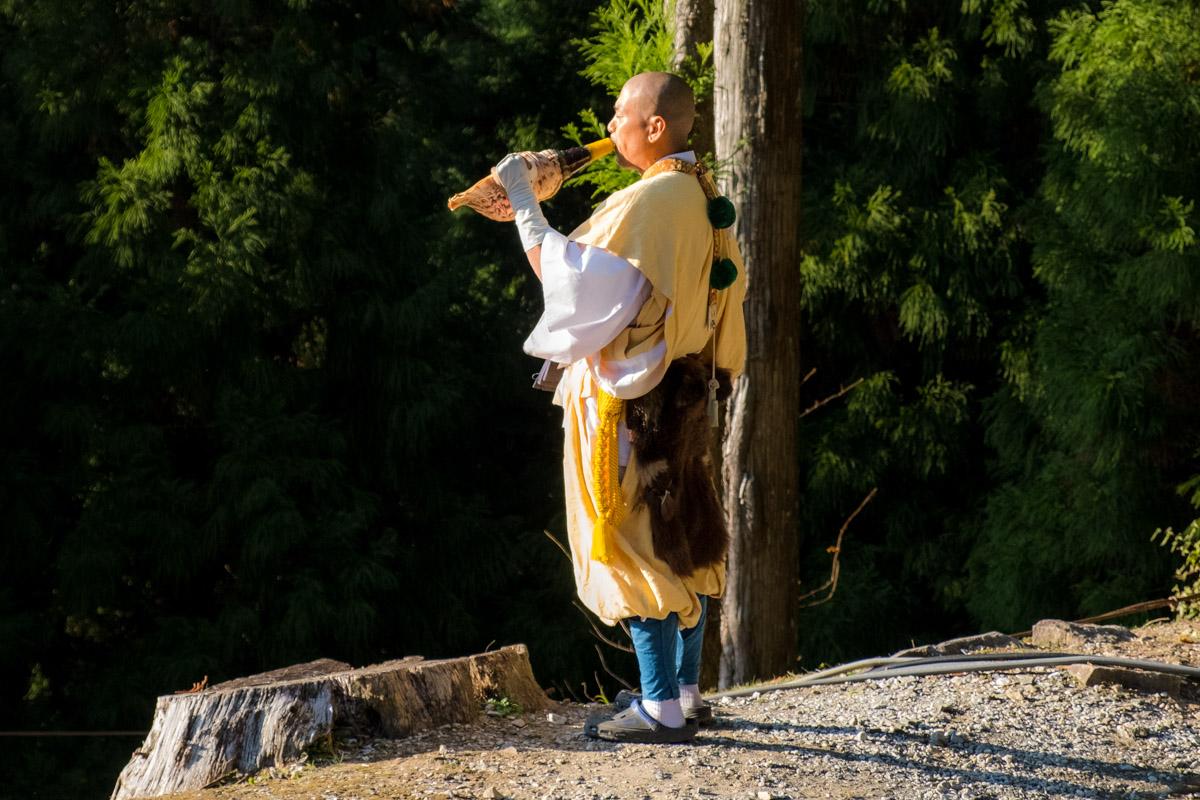
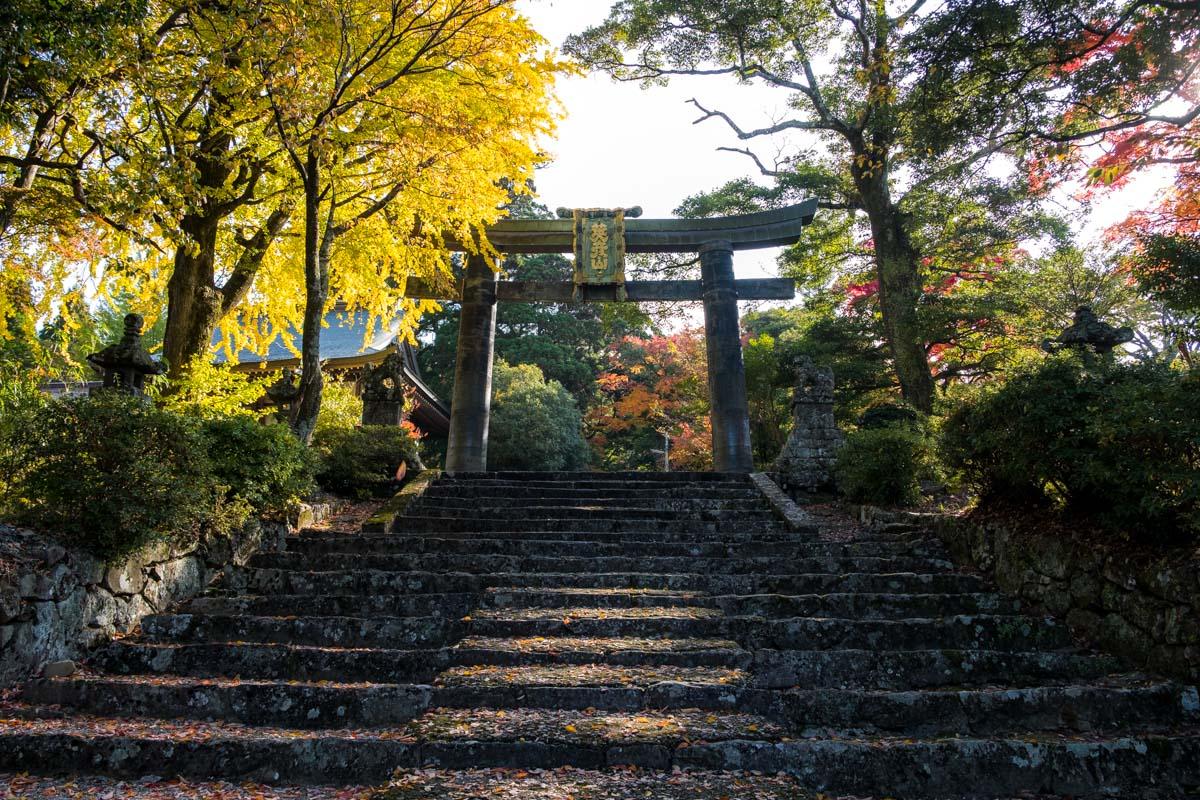
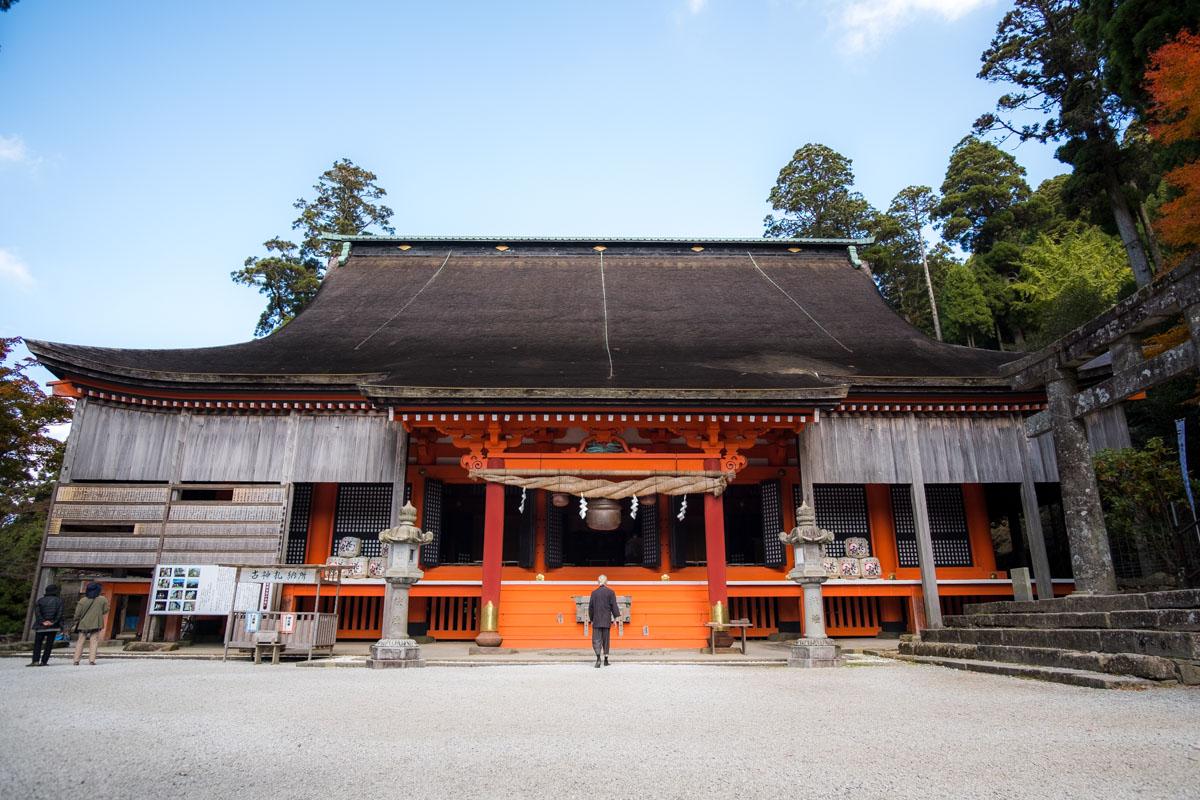
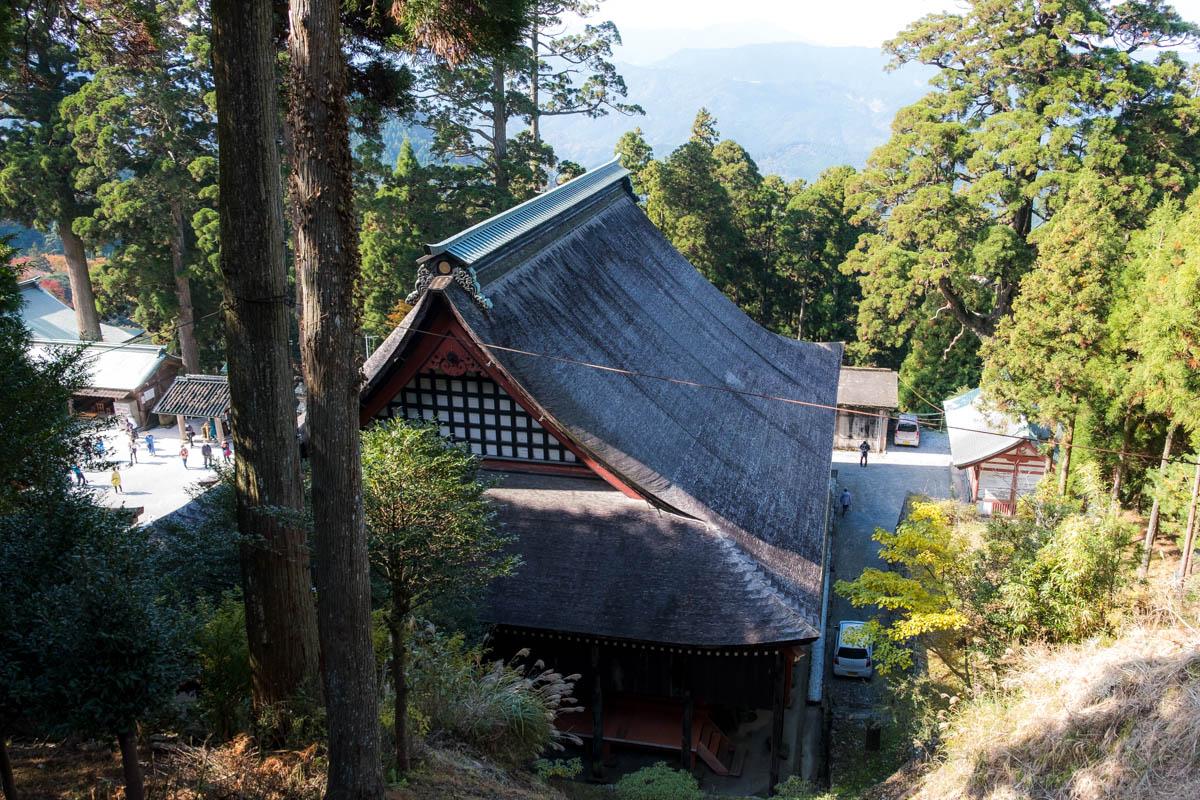
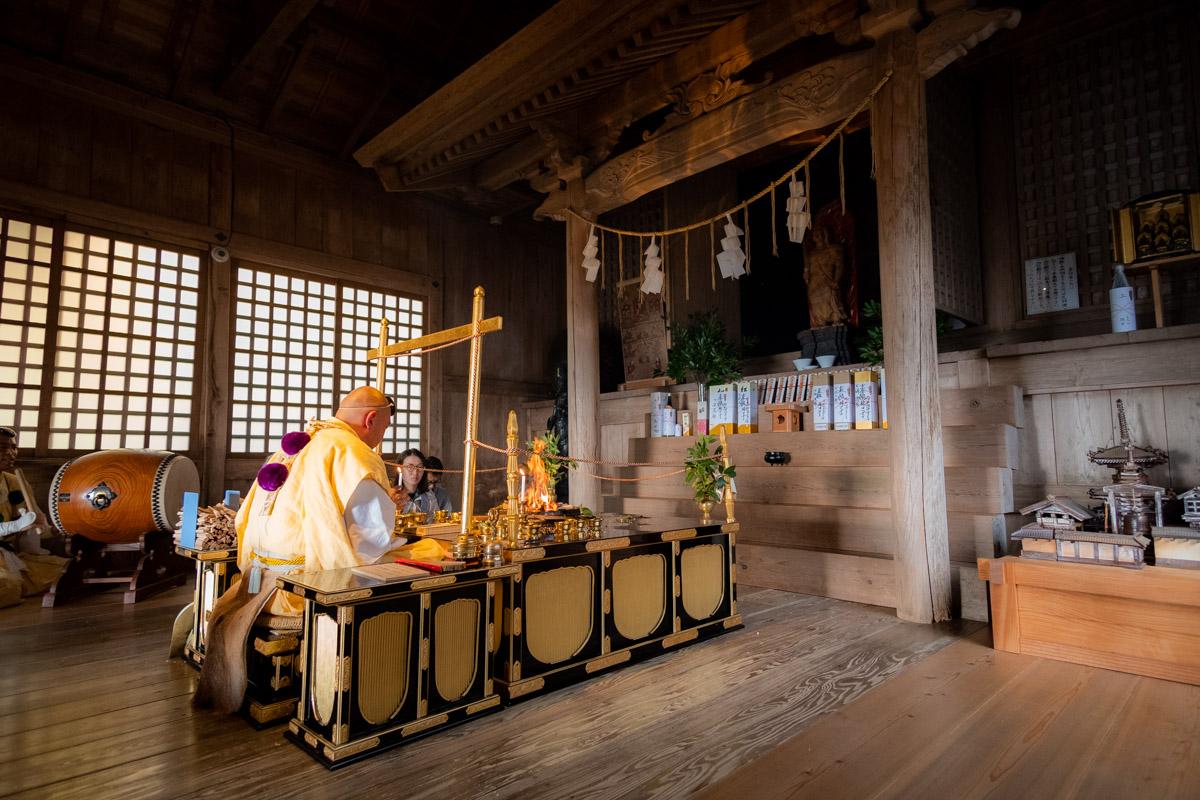
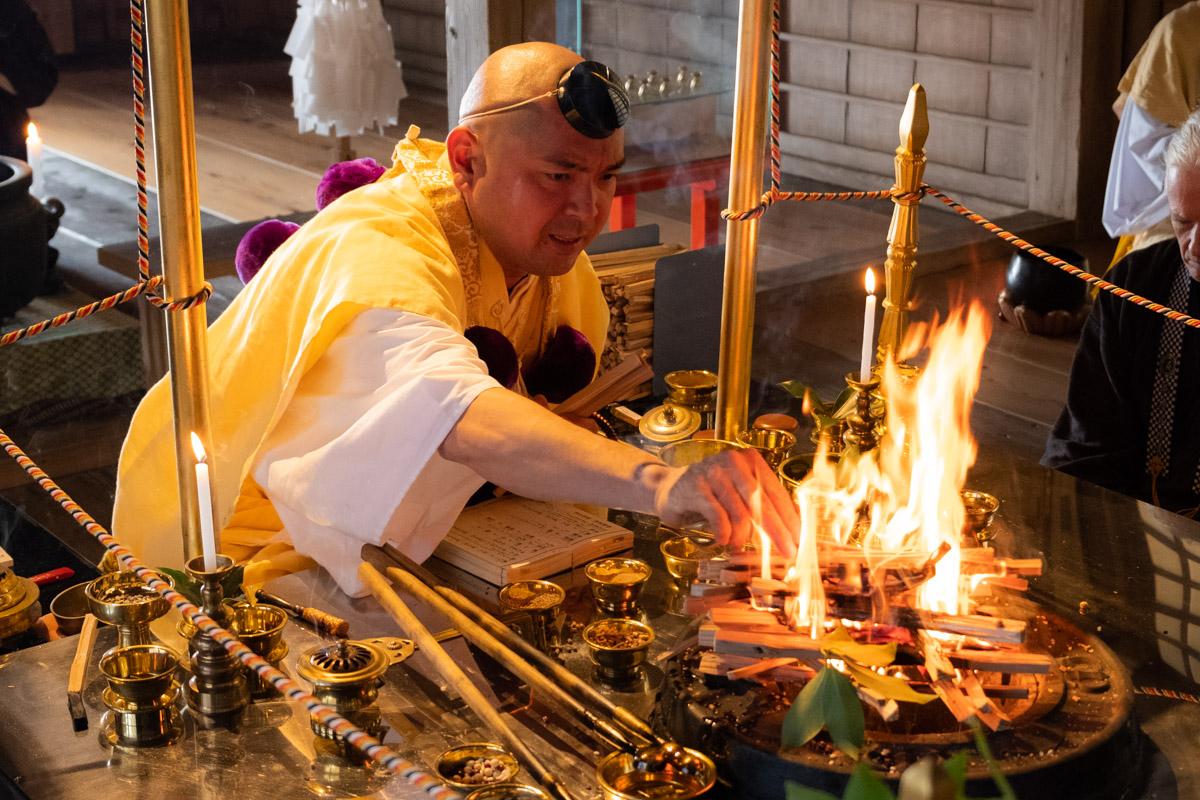
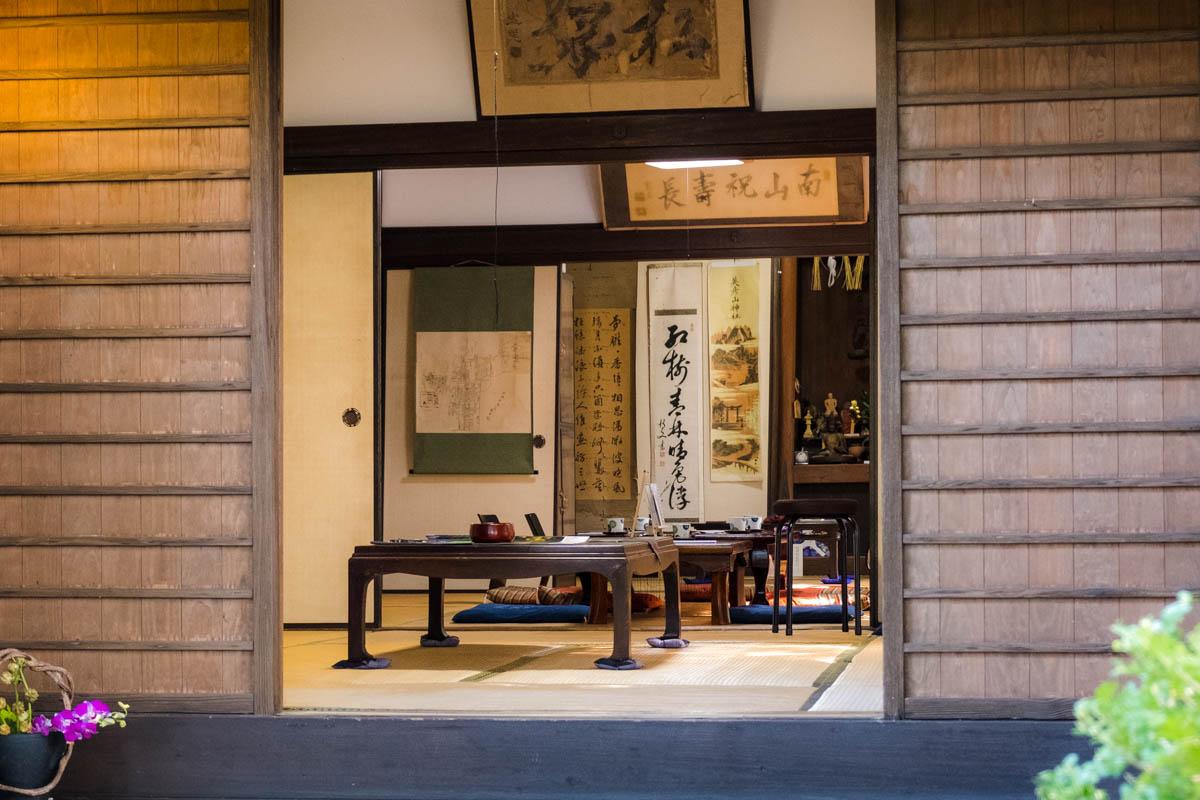
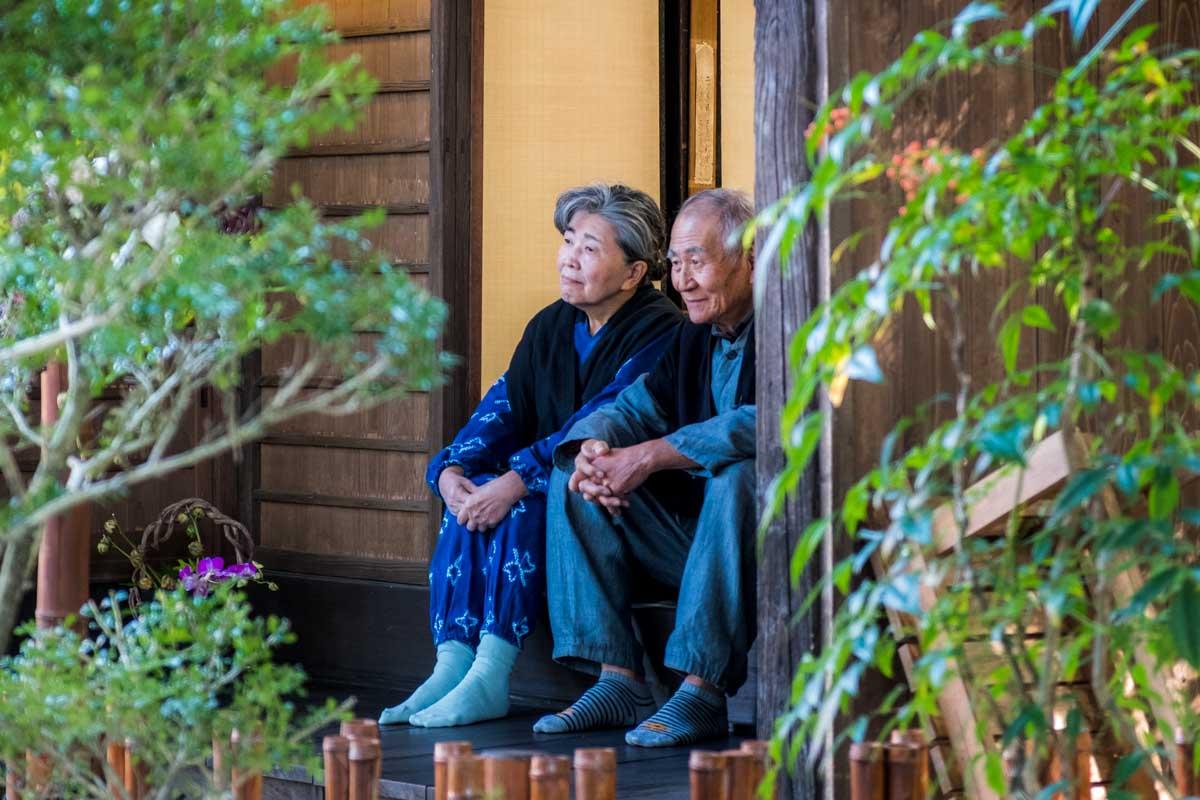
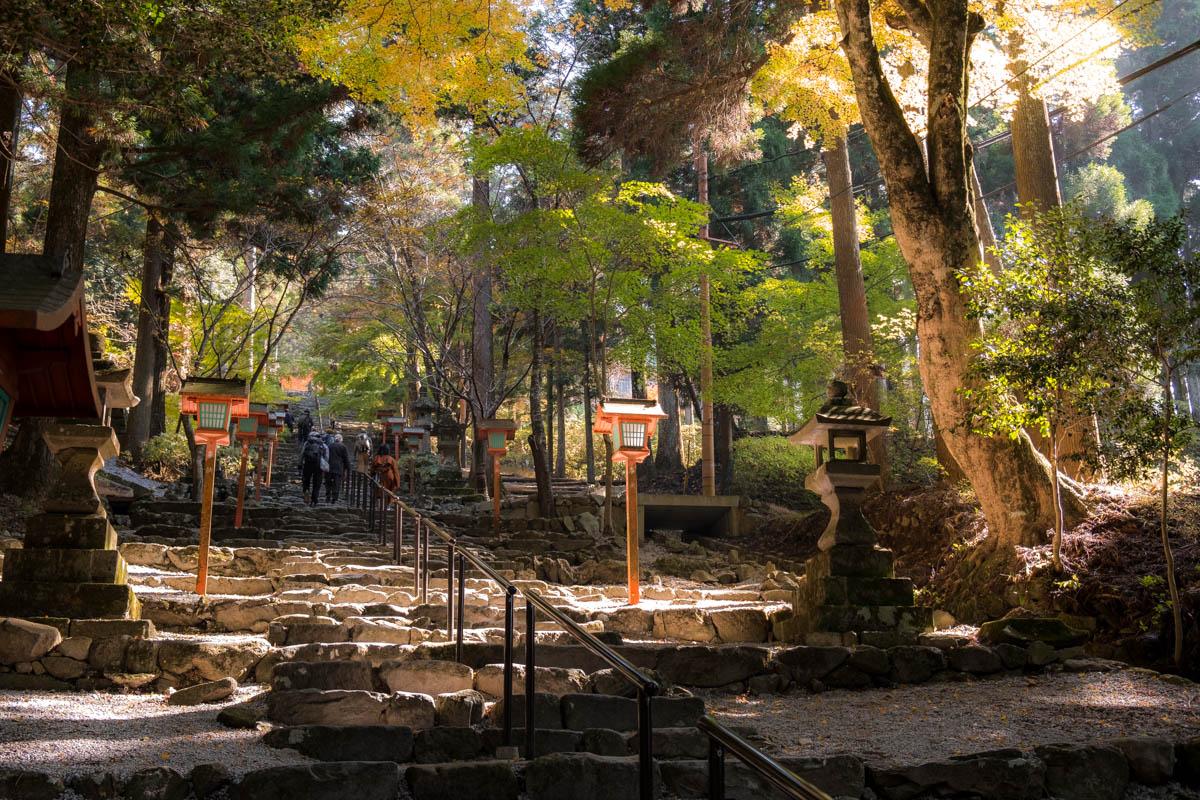
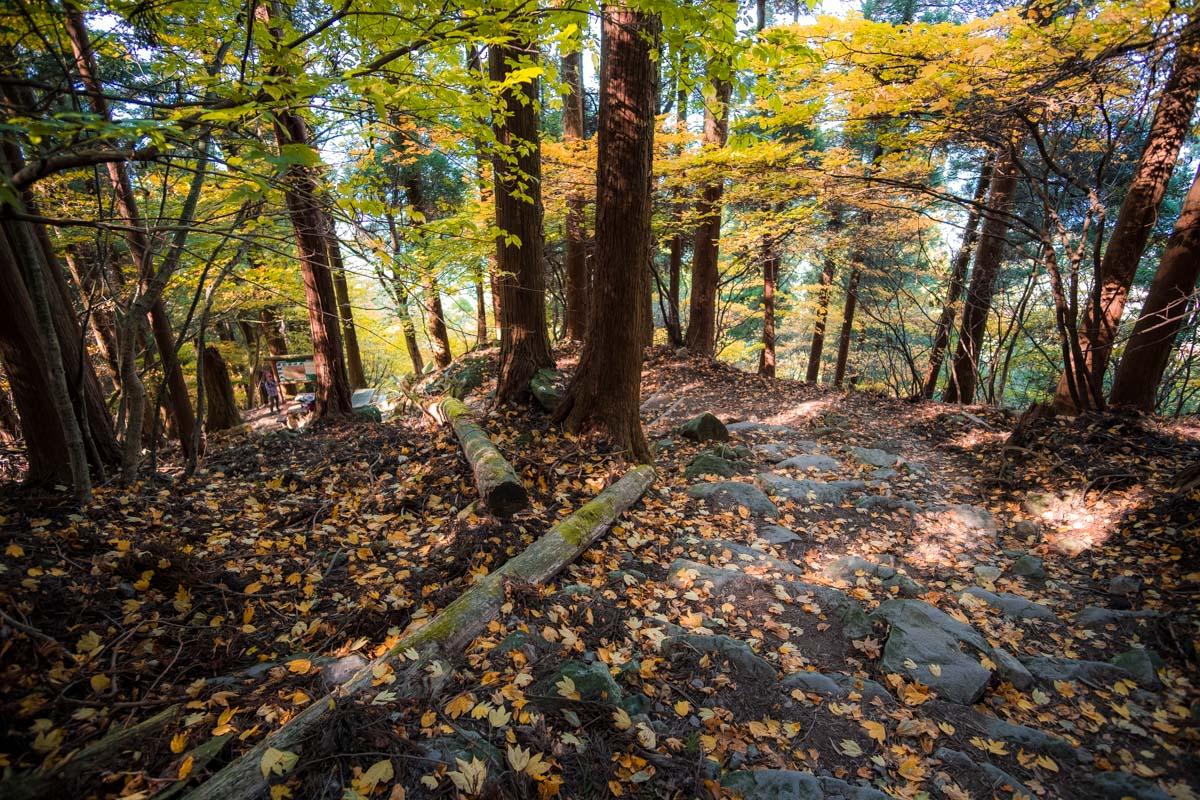
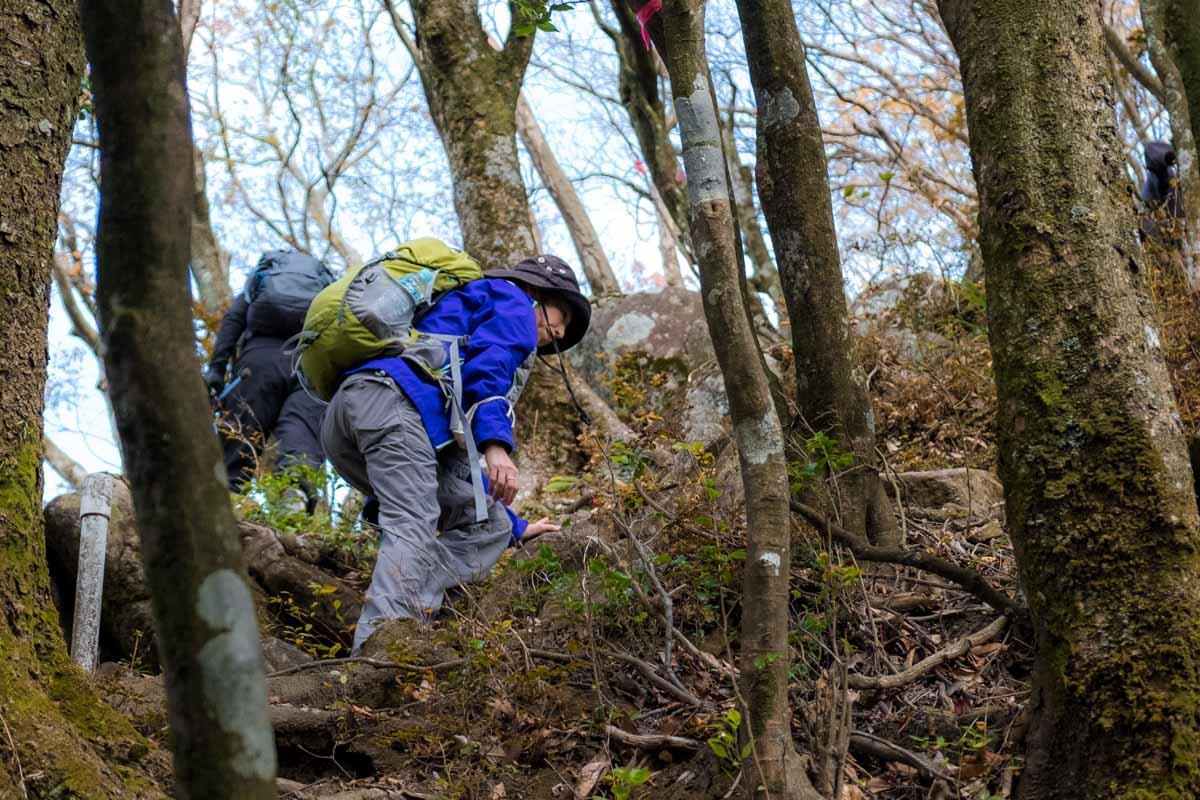
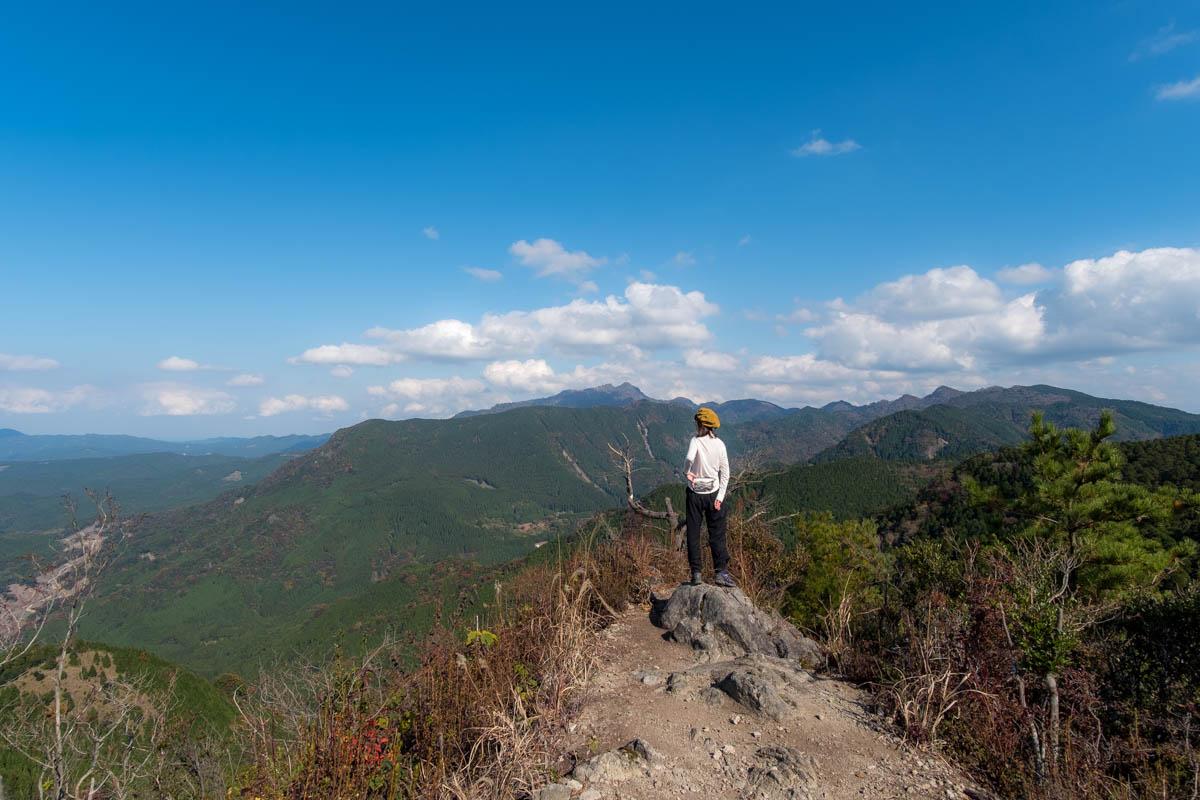
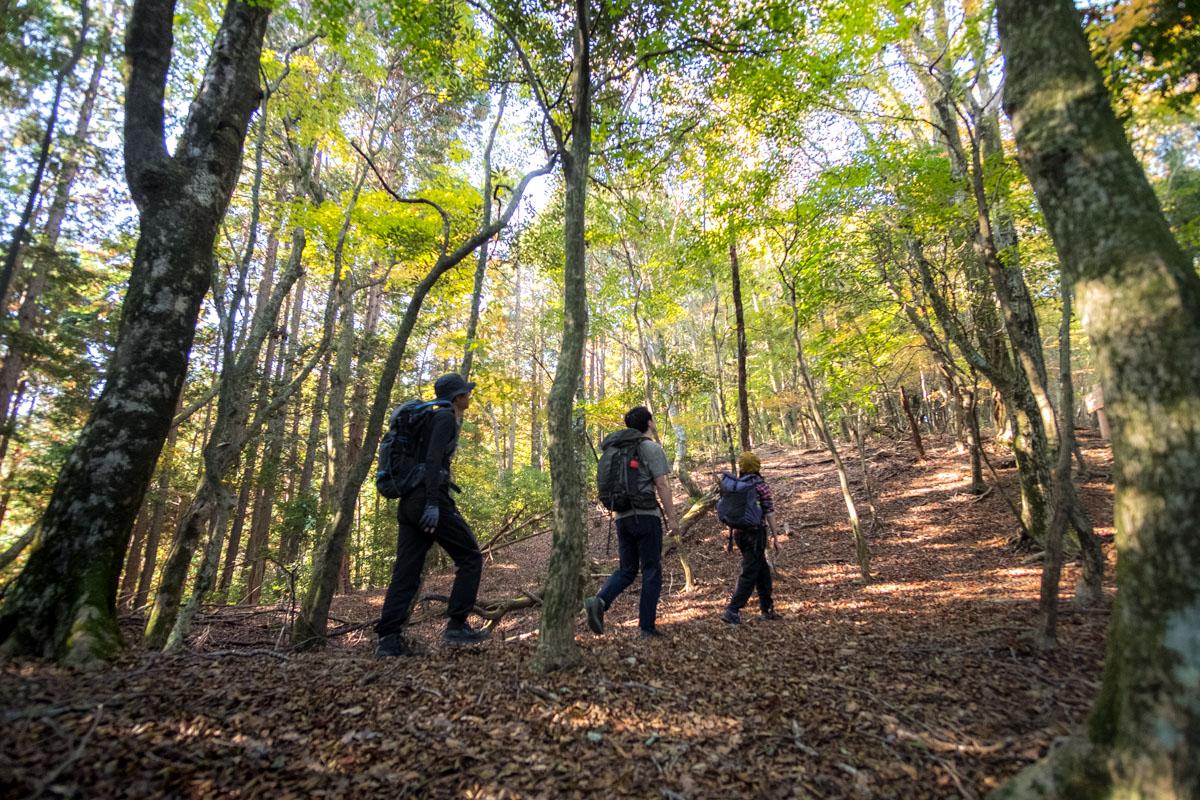
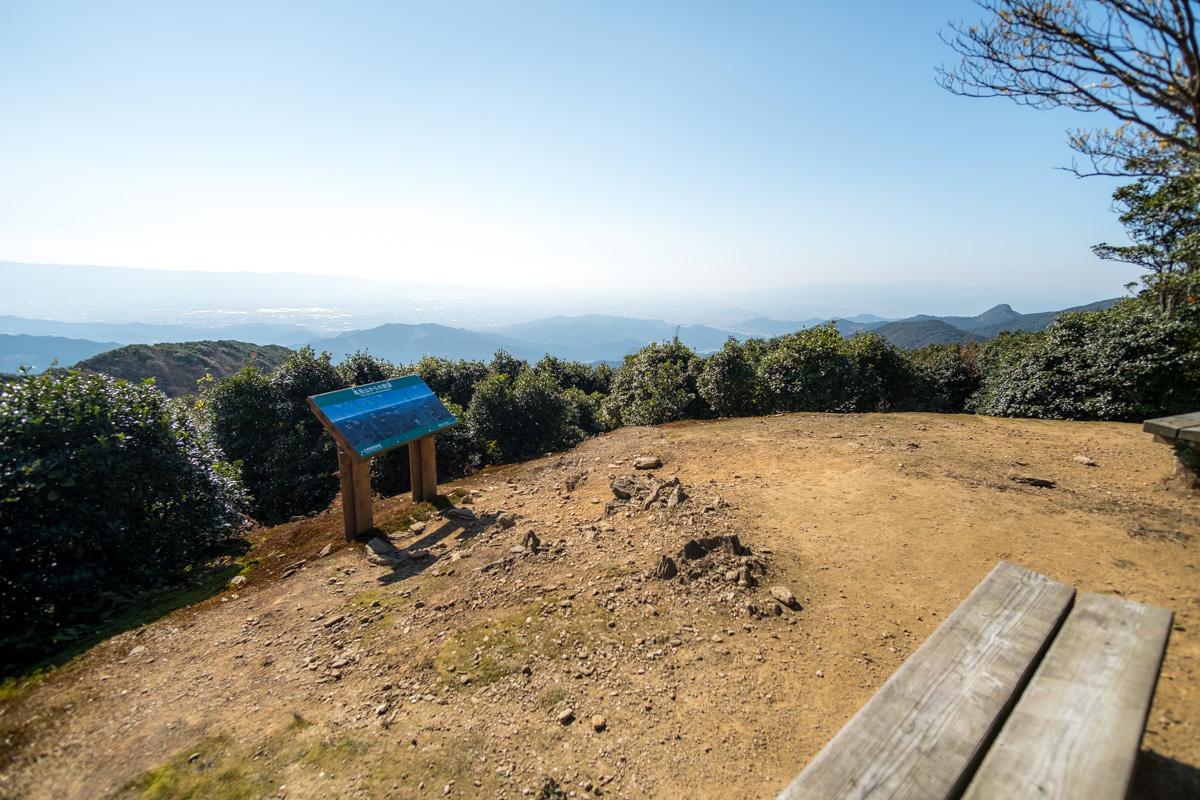
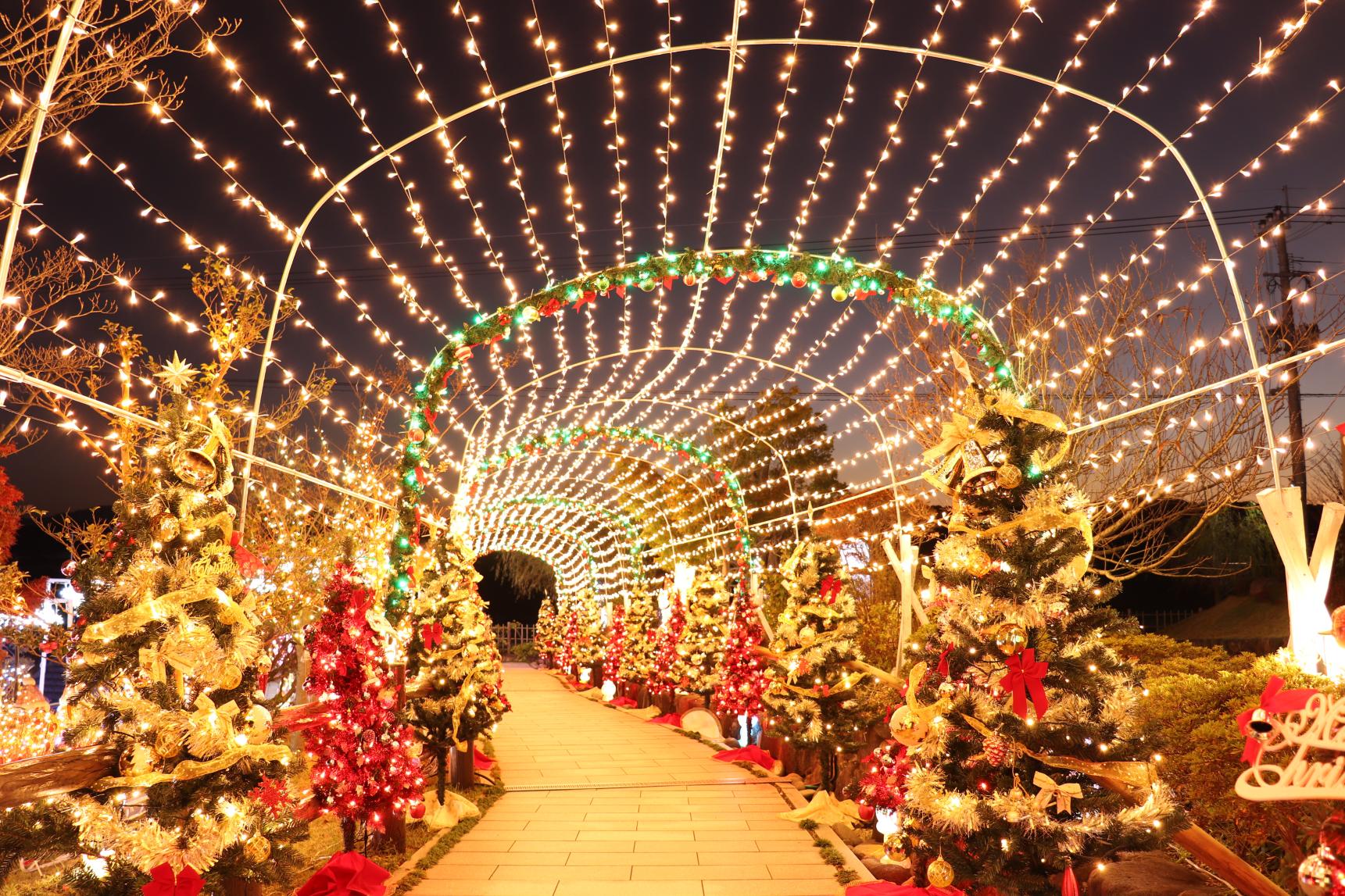
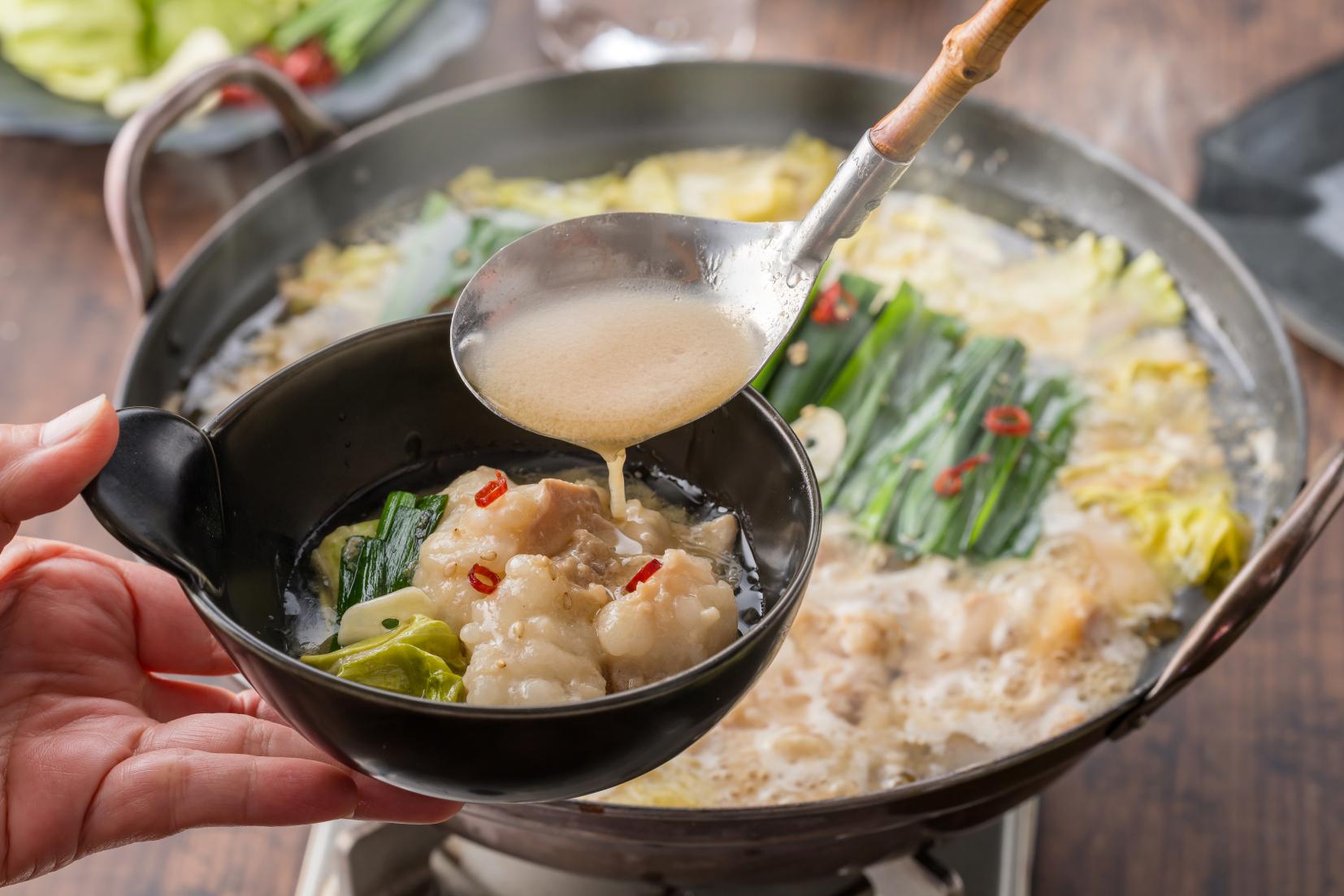
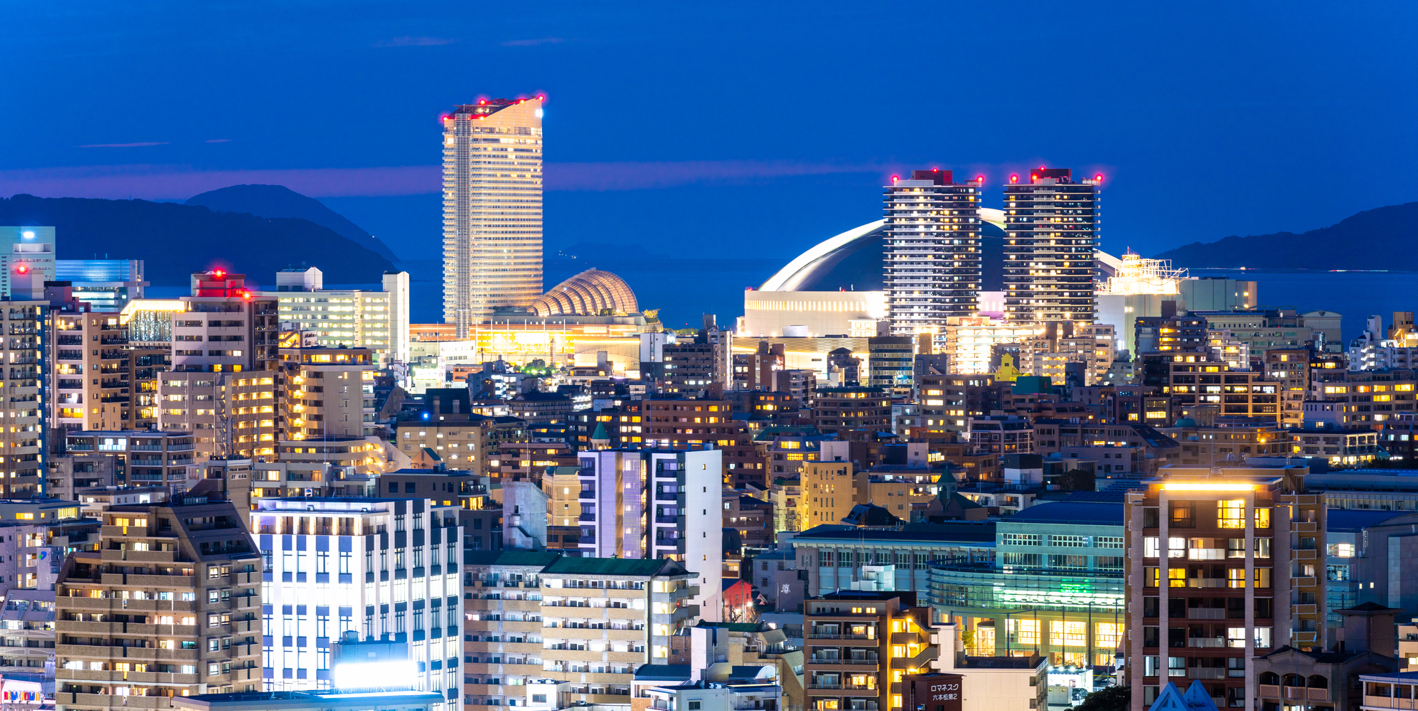
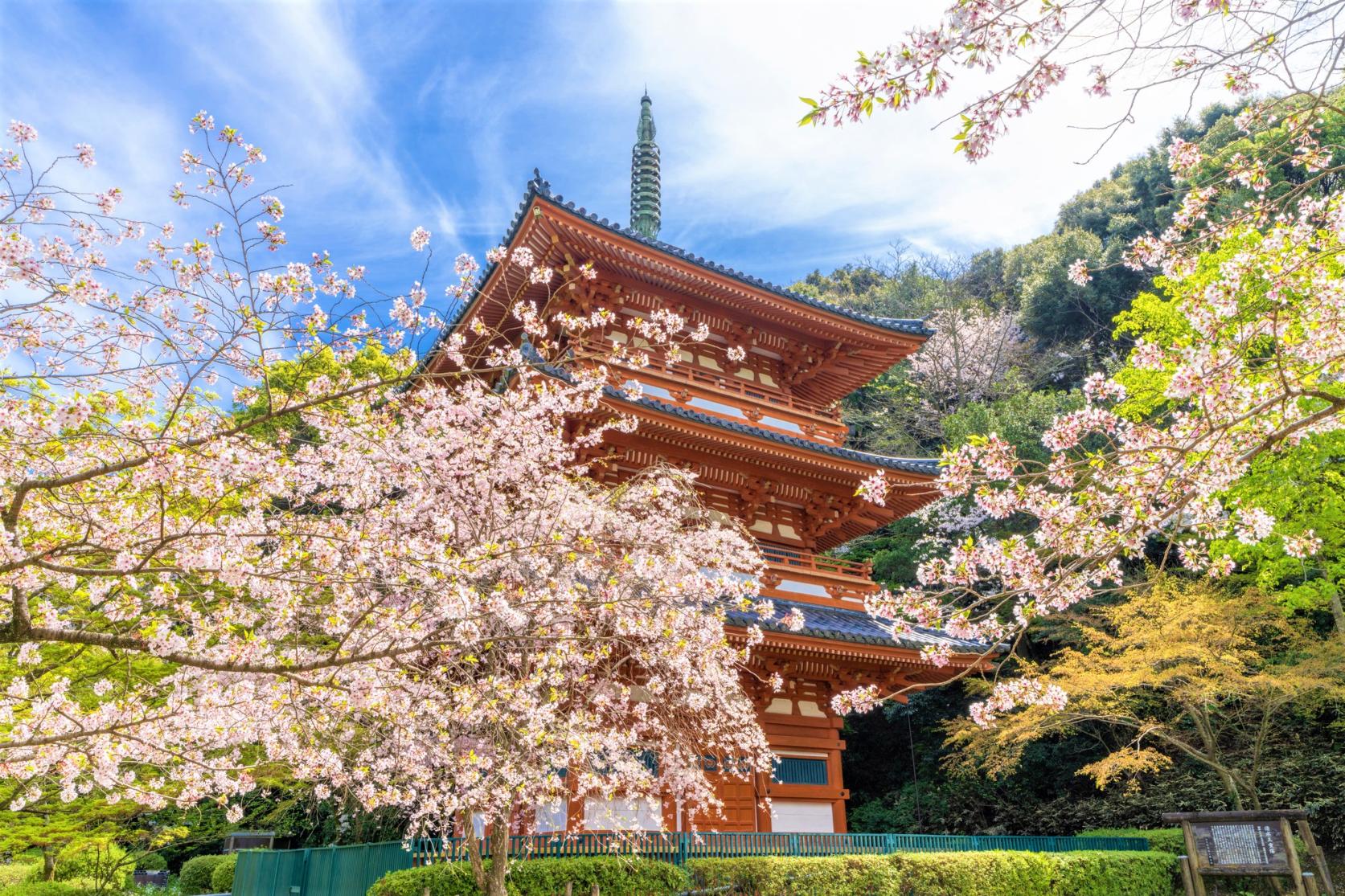

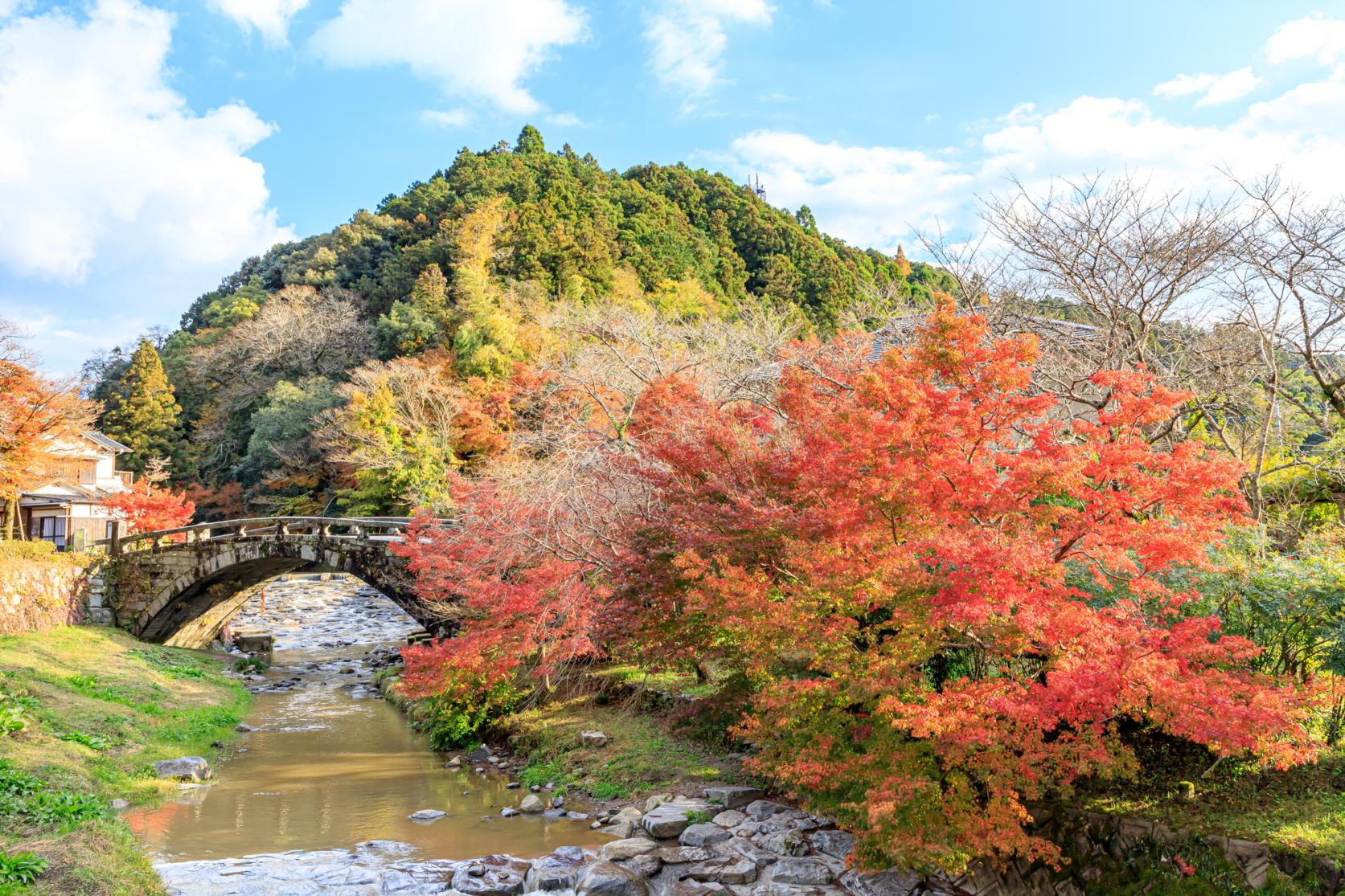

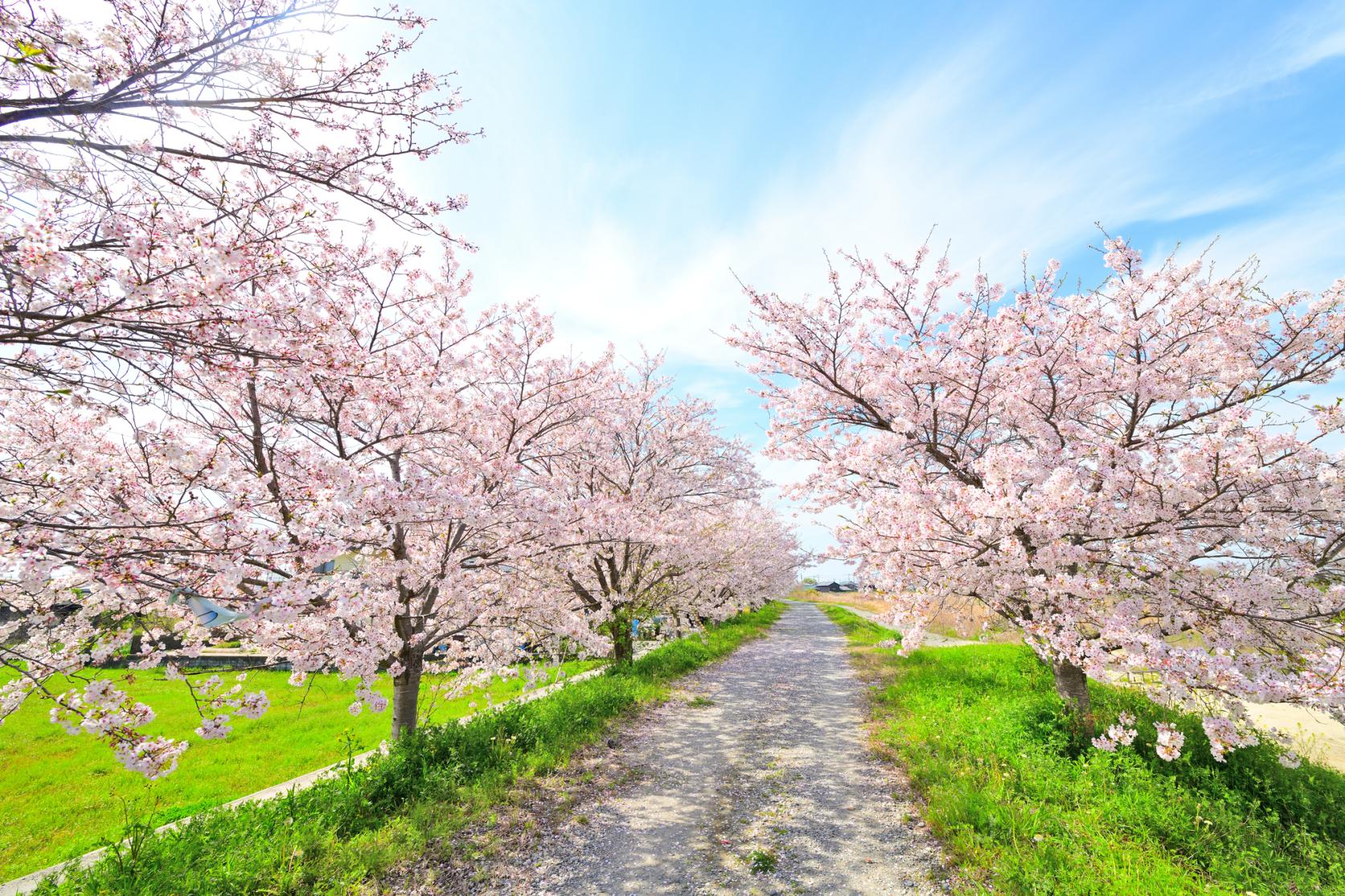

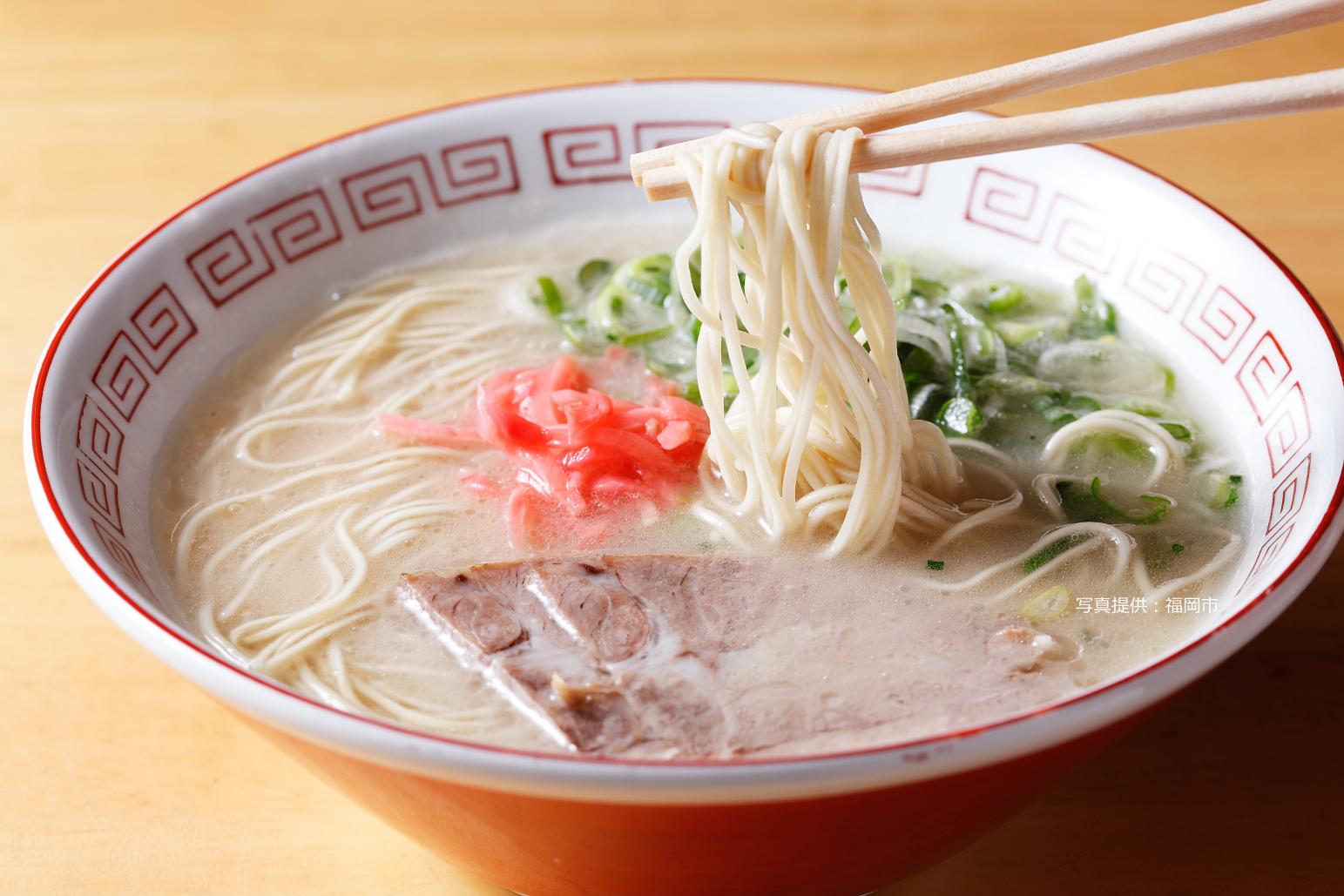
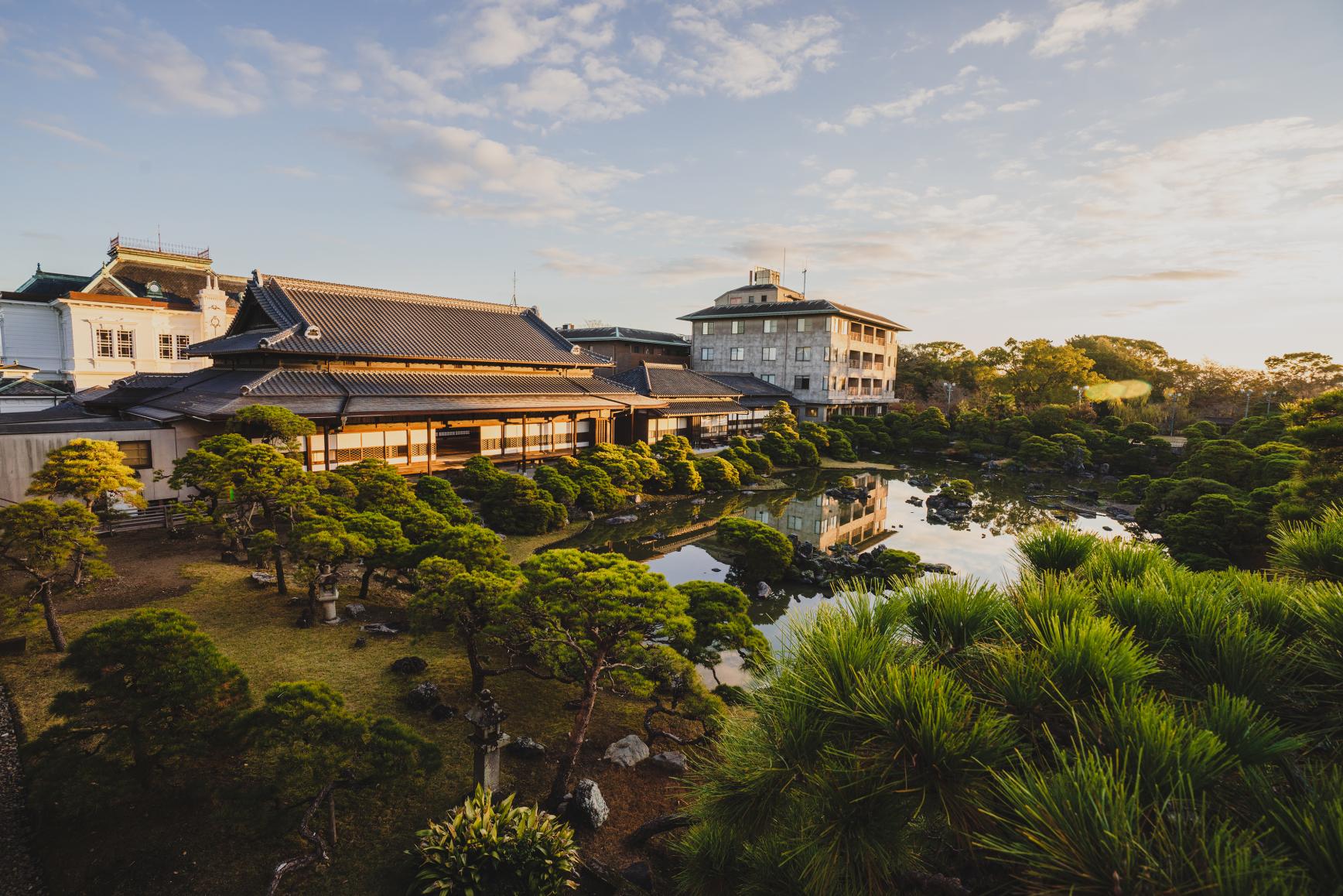
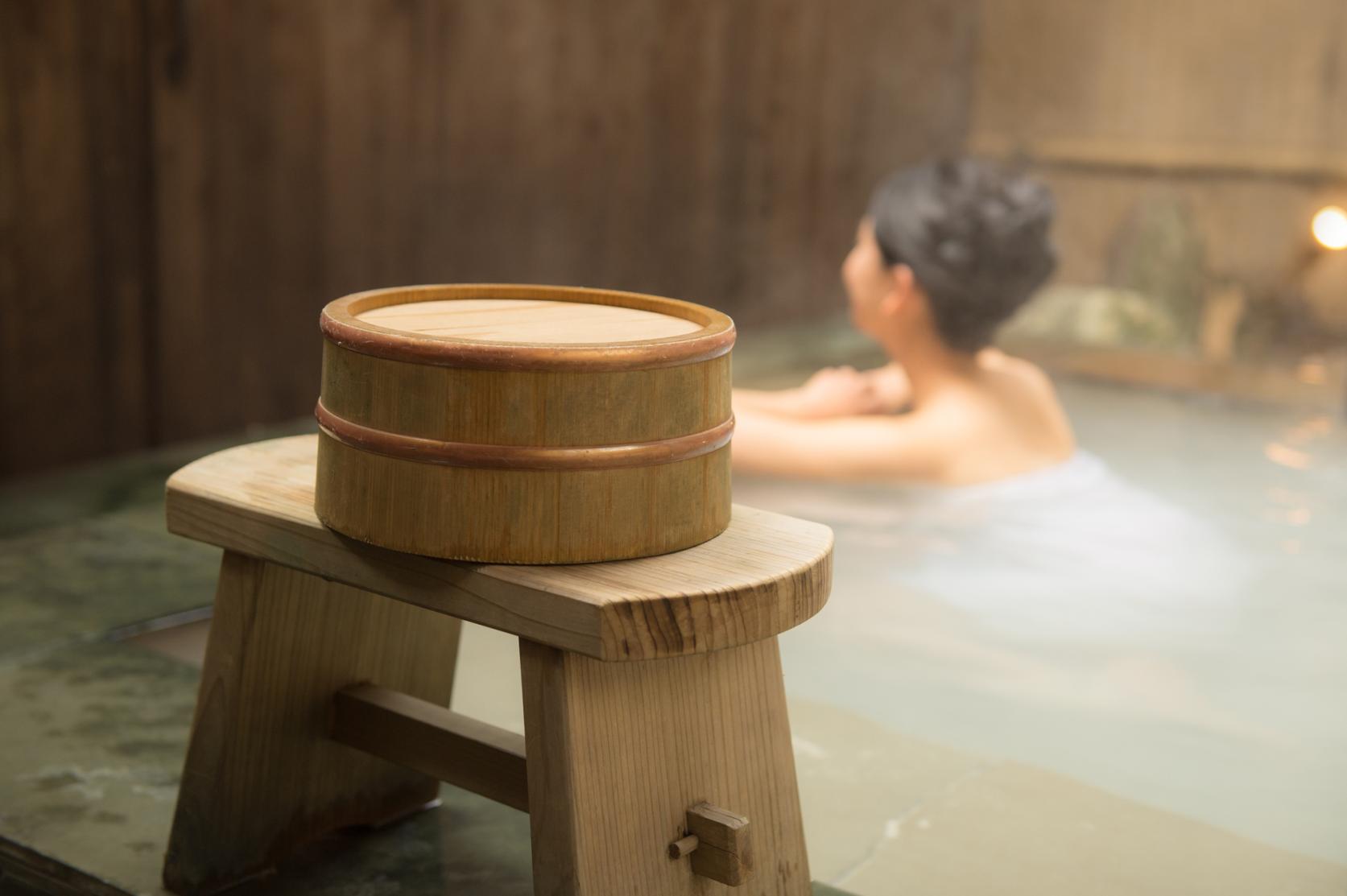
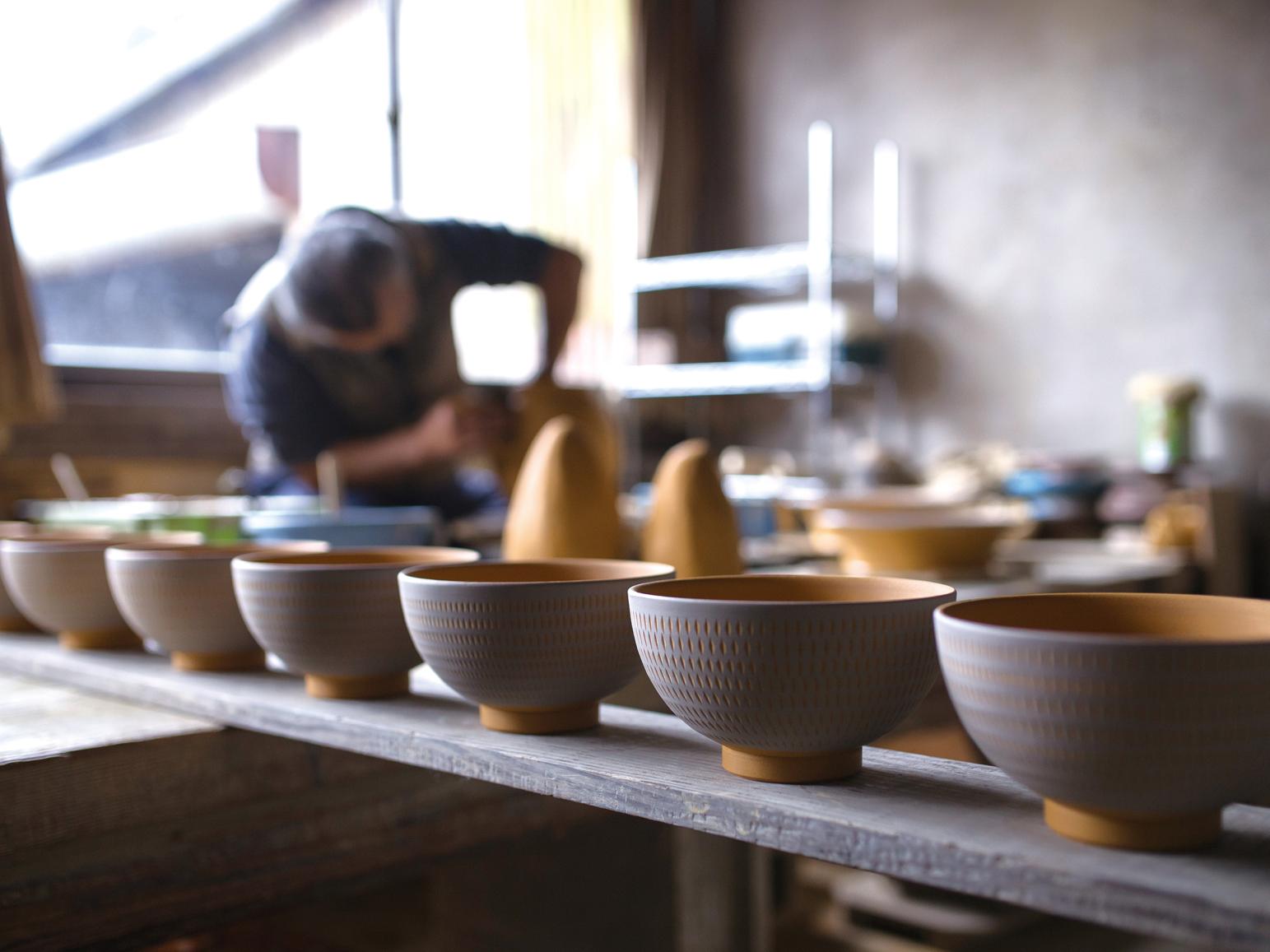
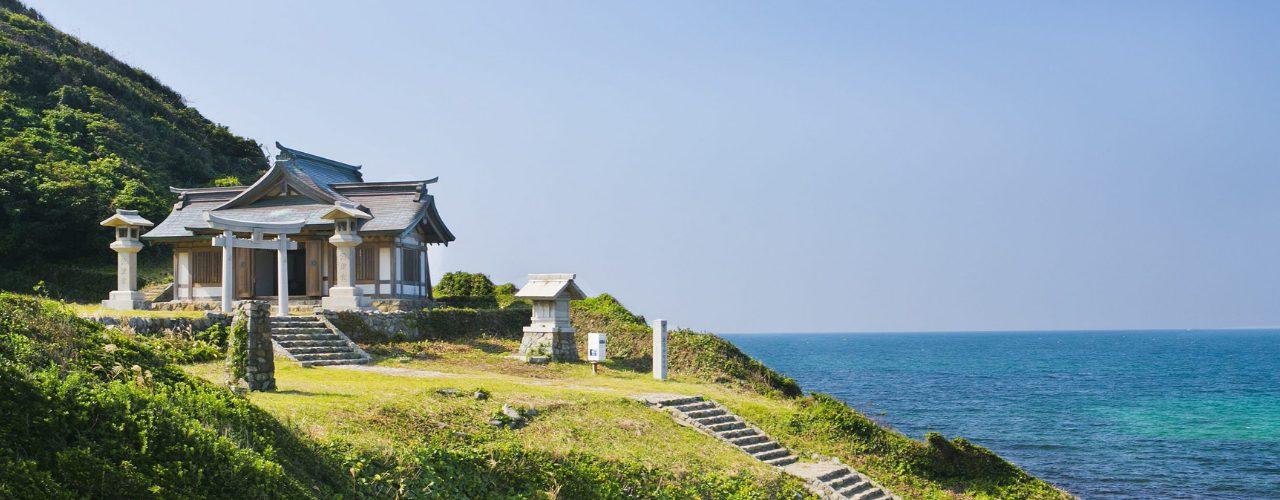
![[2025] Strawberry Picking Spots in Fukuoka-1](https://www.crossroadfukuoka.jp/storage/special_features/49/responsive_images/9ZHgrqvQdpH8tM4IRF54DXu0aPBF3YGGkj5WOTGc__1673_1115.jpg)
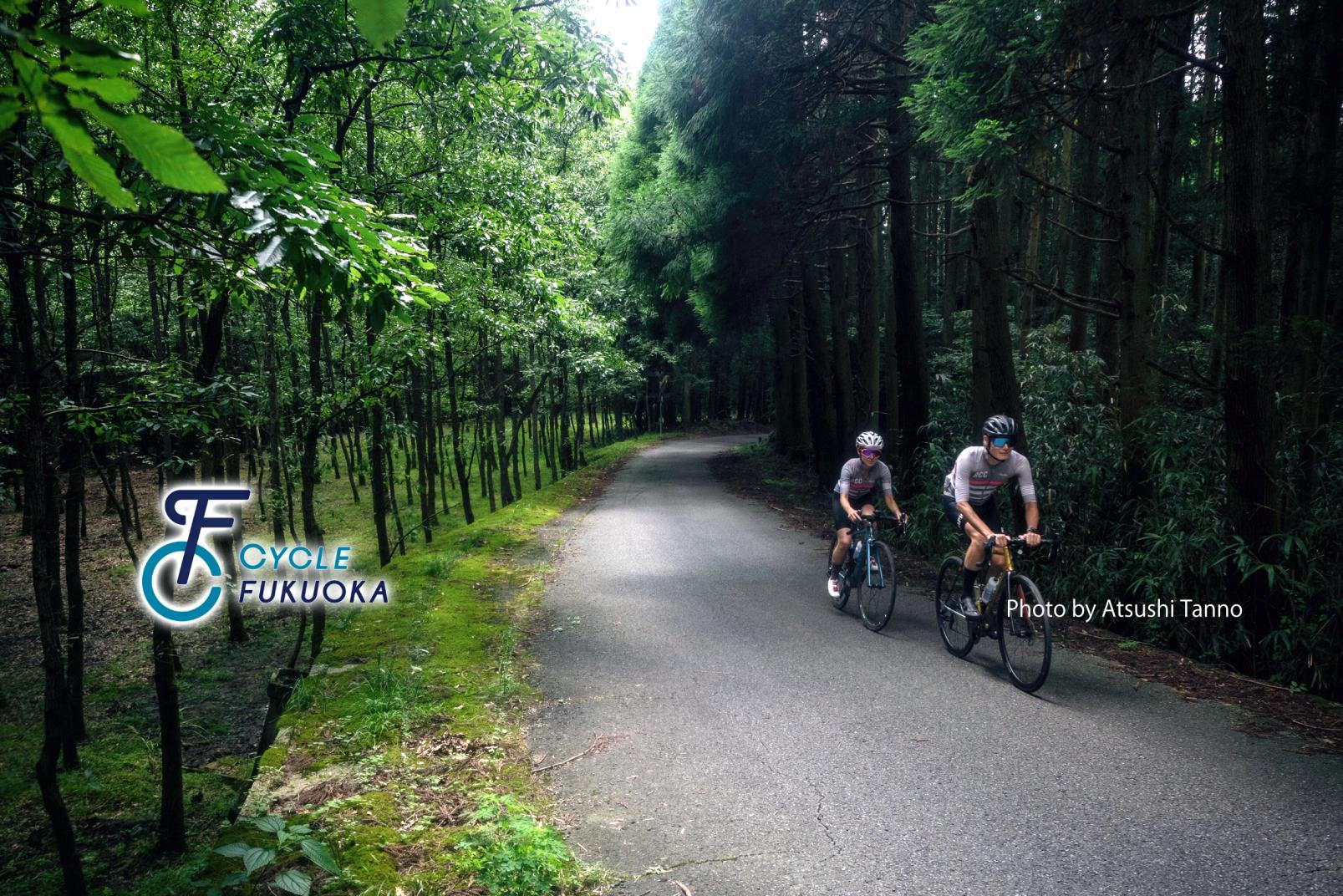
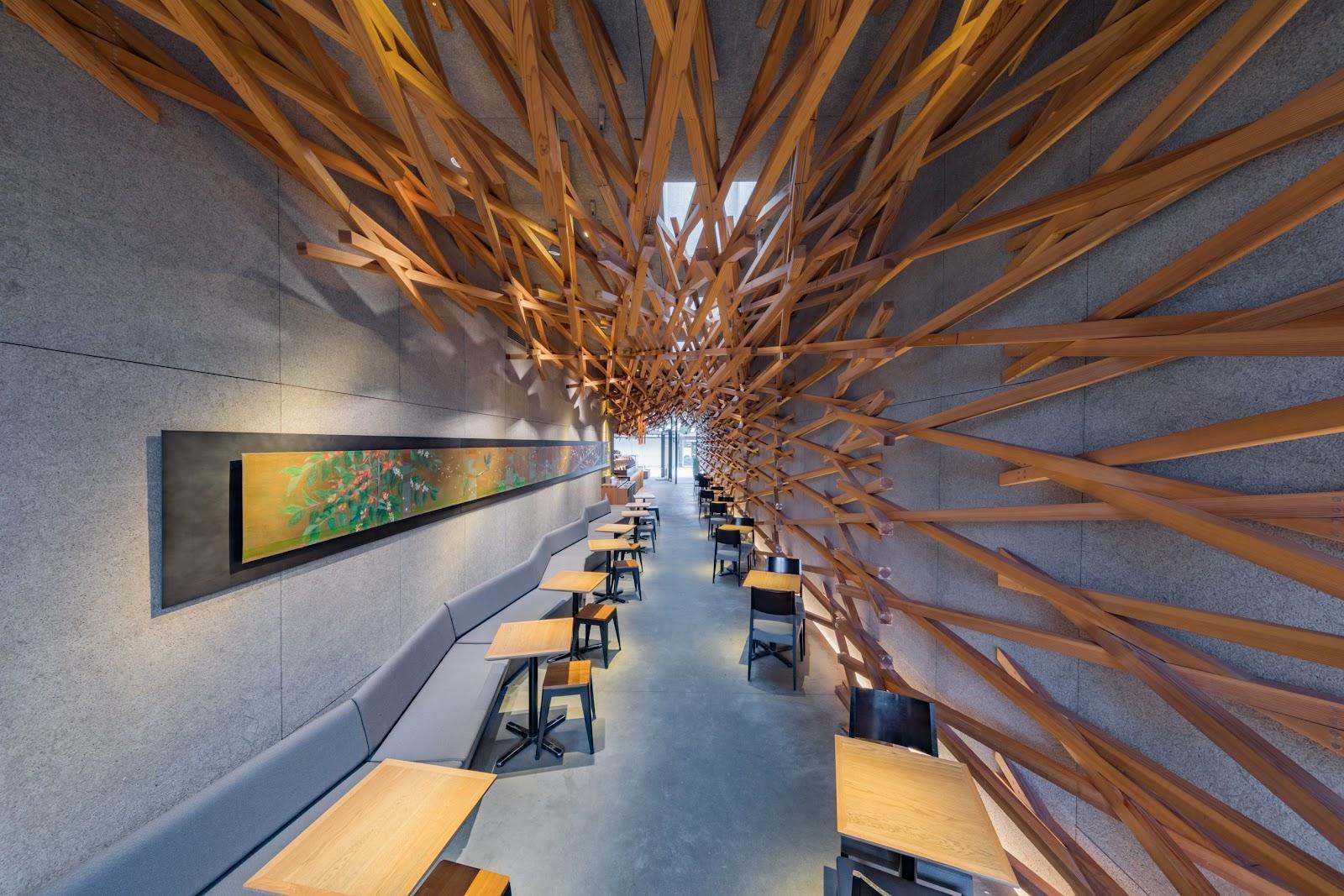
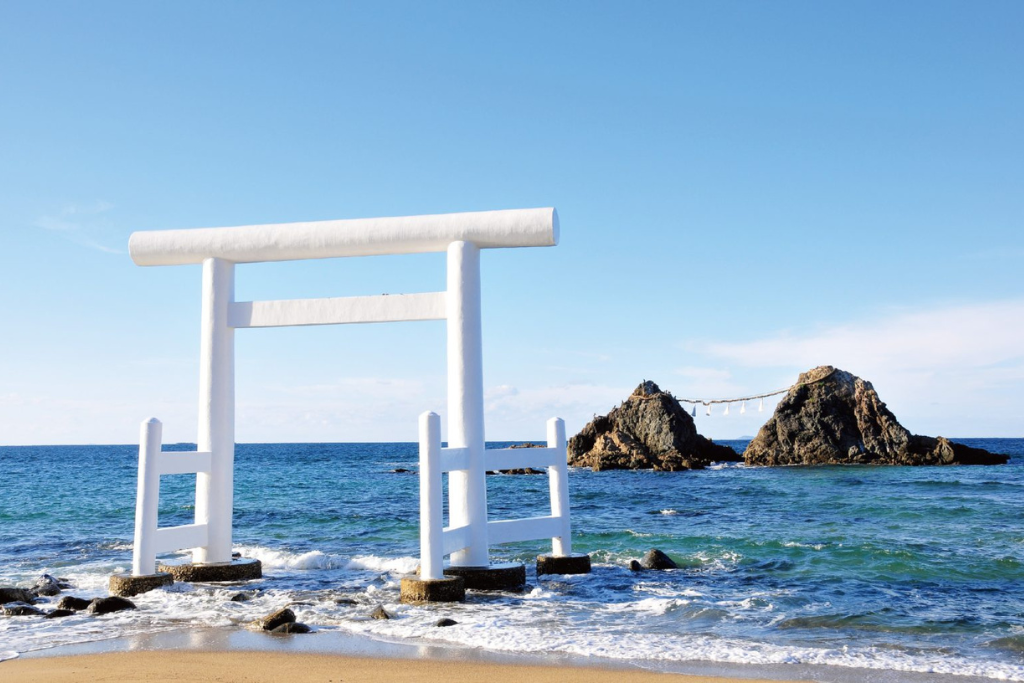
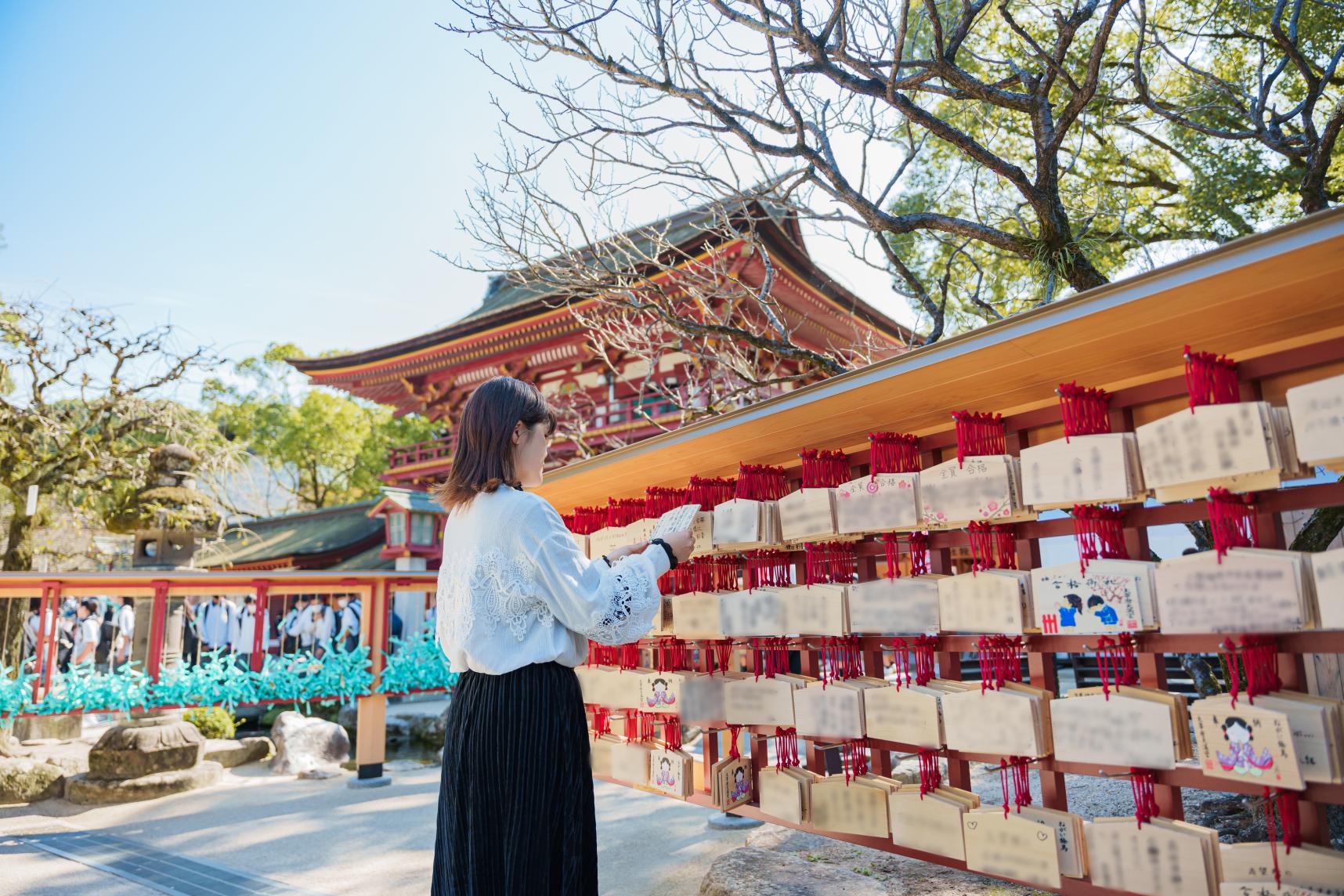
![[2024 Edition] Filled with blessings! The ultimate Fukuoka power spots to bring you happiness.-1](https://www.crossroadfukuoka.jp/storage/special_features/320/responsive_images/6SsCvBDXBhlZoAGUgarTOpZpEaEwsIqsWzSxW8cw__1289_856.png)